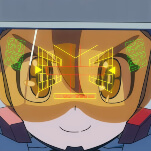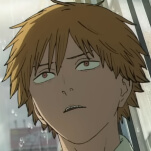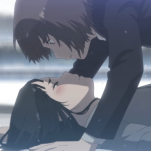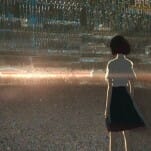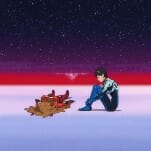Netflix’s Live Action Spin on One Piece Sails Past Expectations
Photo Courtesy of Netflix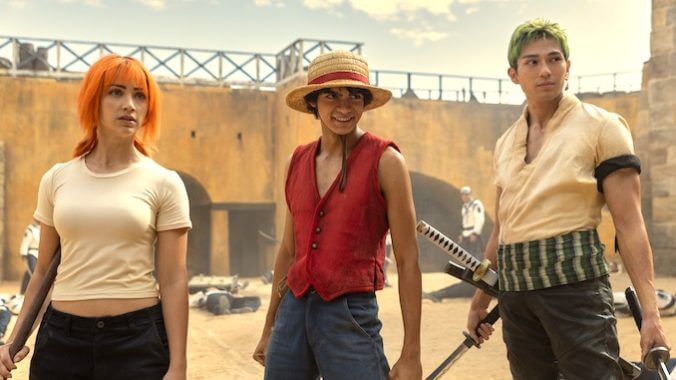
It’s hard to think of a style of adaptation more unloved than live action takes on anime and manga. Based on past evidence, there is a good reason for this skepticism. While there are a few exceptions, such as the Wachowski sisters’ wonderfully overstimulating technicolor marvel Speed Racer, Takashi Mike’s appropriately grisly spin on Blade of the Immortal, or Edge of Tomorrow, which most people don’t even know was based on a Japanese comic, the media landscape is littered with the detritus of failed attempts. Mere mention of Dragonball Evolution, Ghost in the Shell (2017), or Netflix’s Cowboy Bebop sends a collective shudder through countless nerd communities.
These unfortunate examples were overcome by the sheer volume of their source material, struggled to translate character designs initially envisioned for a different medium, and most importantly, failed to capture the spirit and thematic core that made the originals resonate. While showrunners Matt Owens and Steven Maeda’s take on the beloved manga One Piece doesn’t outright solve the first two problems, it smooths over these issues enough to nail the third. There are undoubtedly trade-offs, and it takes time to adjust to its visuals, but this Netflix adaptation successfully conveys the series’ sense of heart.
For those out of the loop, One Piece is a behemoth. Its manga spans over 1,000 chapters, and its anime sports a similarly daunting episode count. Since its debut in 1997, it’s sold the most volumes of any comic ever. As evidenced by the popularity of its source material, Netflix’s eight-episode spin on this material has a lot to live up to, and that’s not including its massive $18 million per episode budget.
Just like in the original, the Netflix show follows Monkey D. Luffy (Iñaki Godoy), an affable goofball and aspiring pirate captain. He’s out to find the One Piece, a legendary treasure trove left by the former pirate overlord Gold Roger, so that he can become the new King of the Pirates. Along the way, he meets and attempts to recruit bounty-hunting swordsman Roronoa Zoro (Mackenyu), skilled thief Nami (Emily Rudd), tall tale-telling marksman Usopp (Jacob Romero Gibson), and chef and martial artist Sanji (Taz Skylar). On their adventures through the East Blue sea, they are hunted by Marines and battle dangerous foes as they attempt to reach the Grand Line, where Gold Roger’s treasure is rumored to be hidden. While they butt heads at first, this burgeoning crew slowly finds common ground as they open up about their aspirations.
In terms of its aesthetics, this version of One Piece largely looks the part. Although it took an episode or two to warm up to how these character designs have been brought to life, they largely strike a balance between appearing faithful but not entirely jarring. Sure, it’s immediately apparent that many of these outfits were initially designed for a more stylized and non-literal medium, and I imagine newcomers will be scratching their heads at flourishes like the telepathic snails that are used as telephones, but the well-realized practical sets help tether us to the setting.
The main crew also makes this jump elegantly, thanks to its cast. Iñaki Godoy’s performance as Luffy embodies the character’s buoyant enthusiasm and thickheadedness excellently, but also teases out undercurrents of past pain and faint traces of doubt. The rest of the actors feel like natural fits as well; Gibson’s Usopp is a likable motor mouth, Rudd’s take on Nami communicates her initially guarded demeanor that hides a heavy secret, Skylar maintains Sanji’s weighty past while ditching some of his more grating behavior from the source material, and while Mackenyu’s Zoro feels a tad gruffer than his comic counterpart, his eventual softening and aestheticism make him another great pairing. It’s a joy to watch the crew’s dynamic develop, and it’s particularly affecting to witness how Luffy’s influence rubs off on his friends.
-

-

-

-

-

-

-

-

-

-

-

-

-

-

-

-

-

-

-

-

-

-

-

-

-

-

-

-

-

-

-

-

-

-

-

-

-

-

-

-


